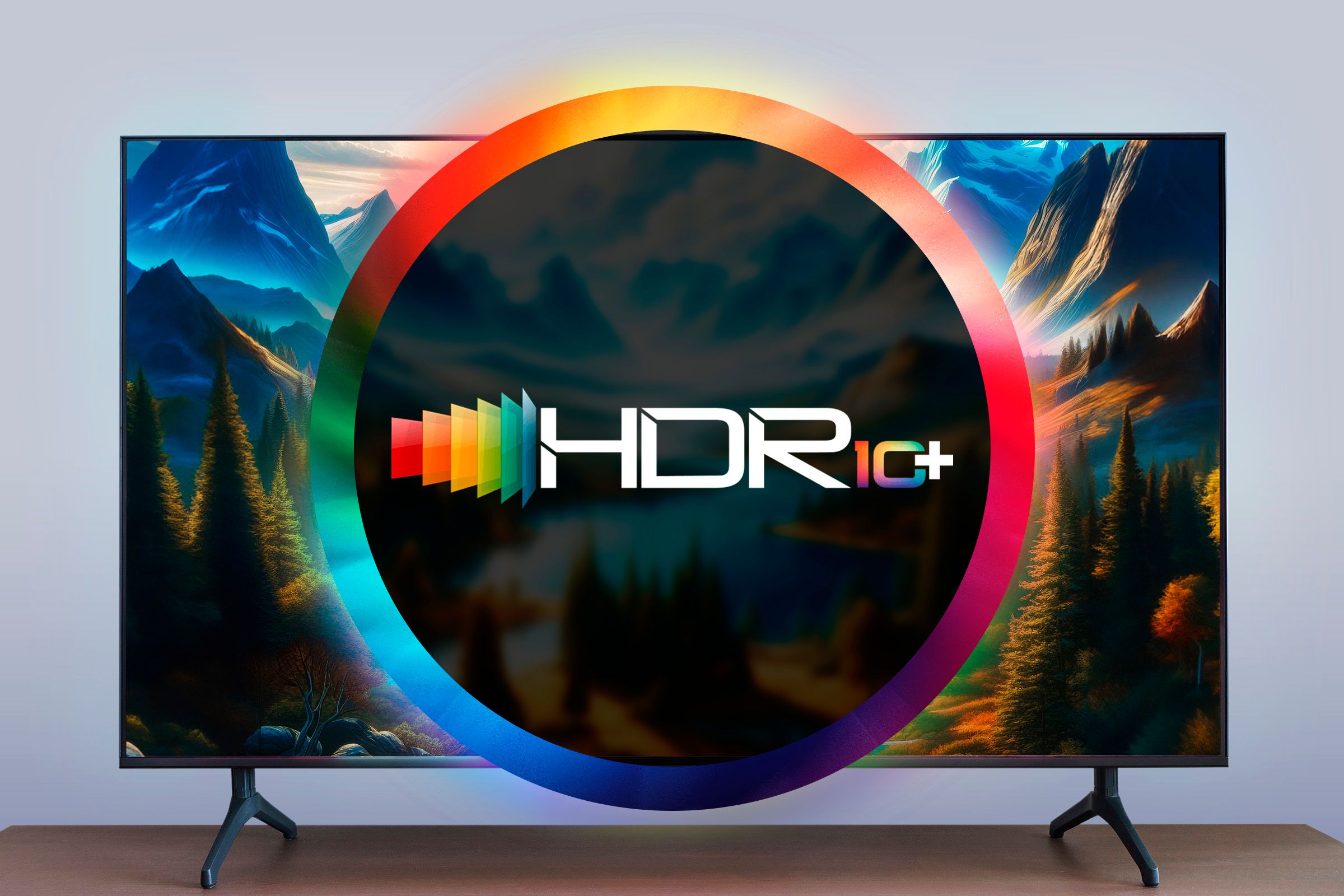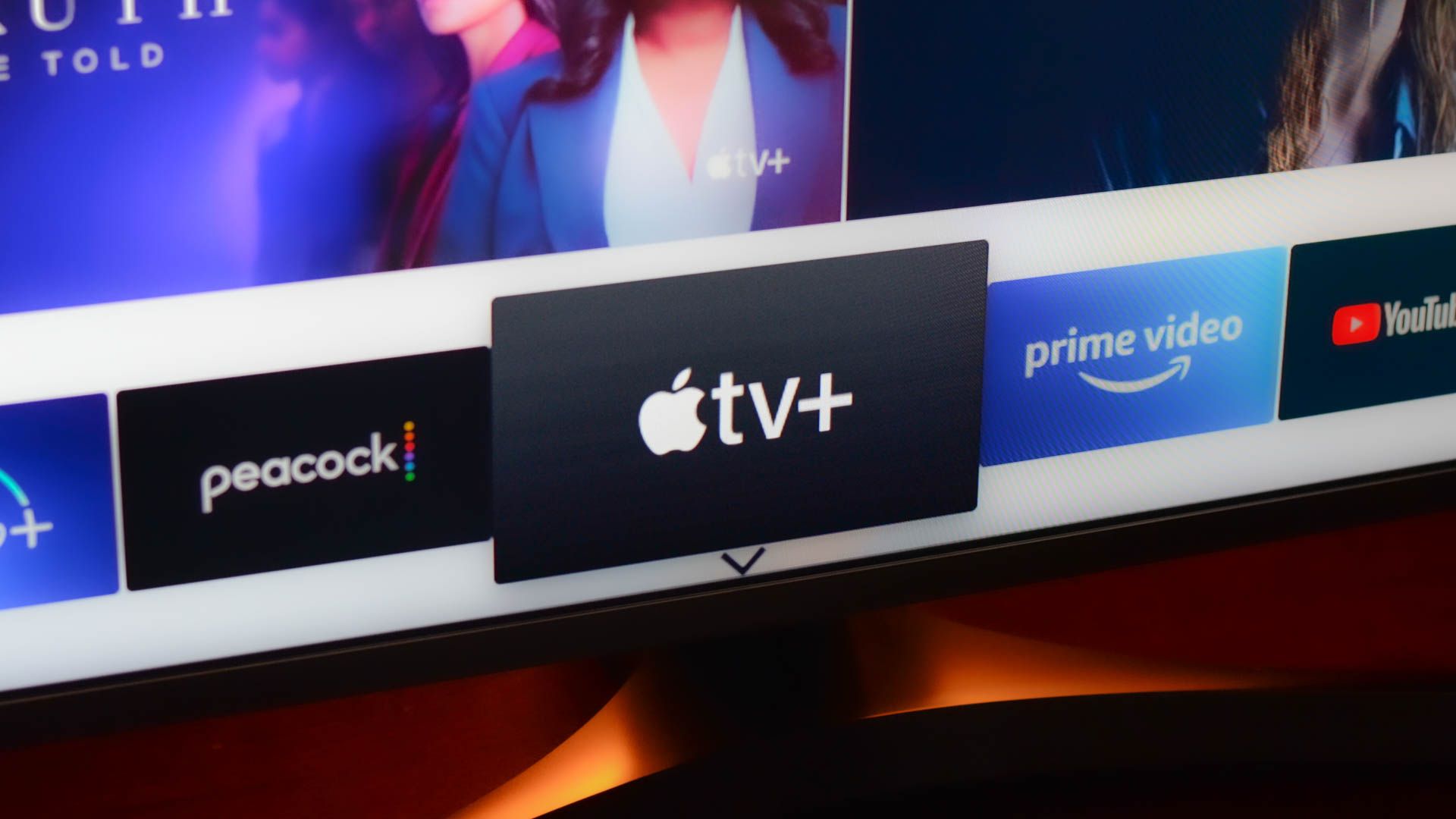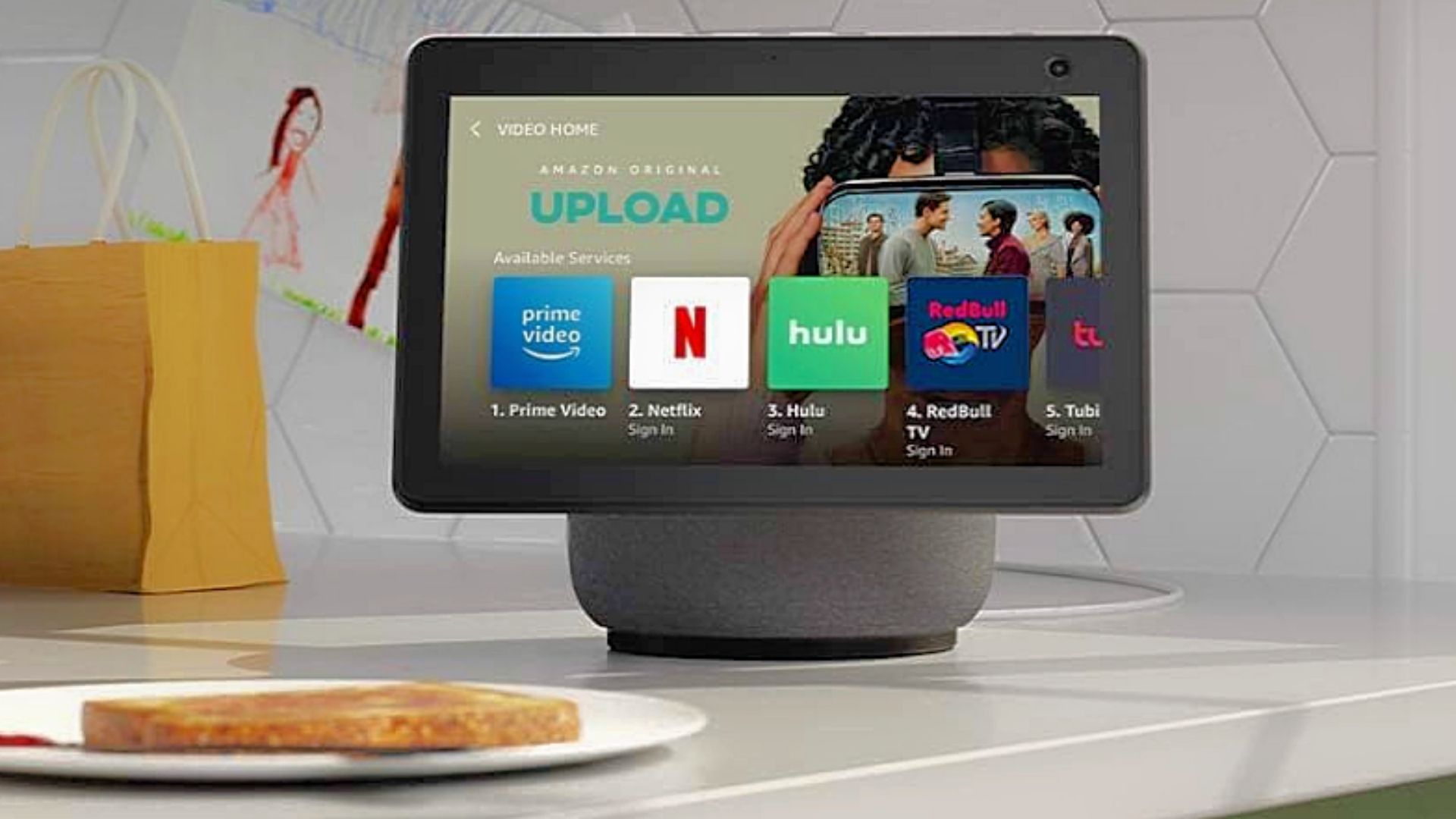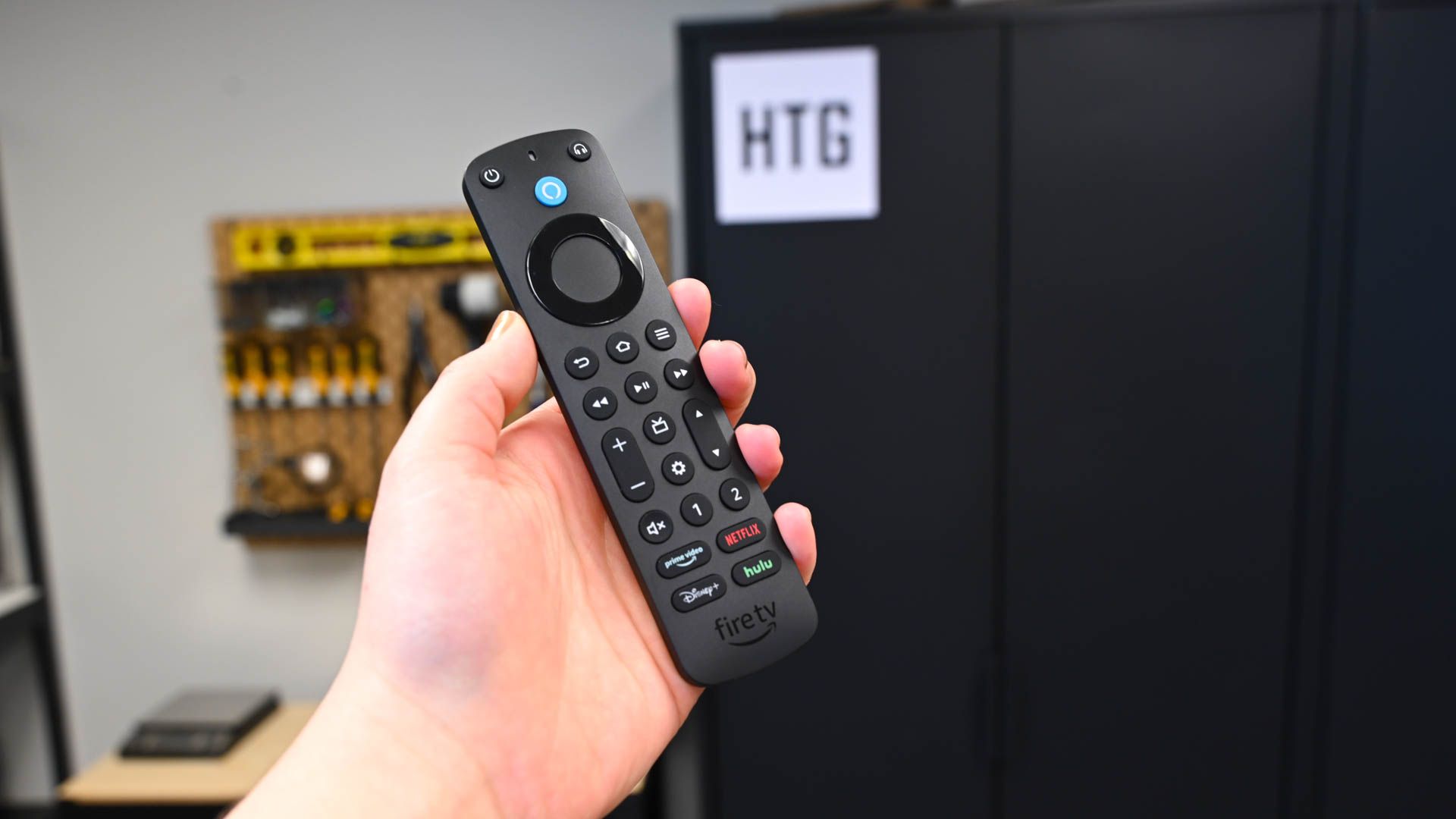Everybody knows what a smart TV is these days, but what separates them all can be more of a mystery. Screen size is an obvious difference, but resolution and audio features are also important to consider.
Those aren’t the only things to keep in mind when you’re making your next smart TV purchase. Here are the features I consider must-haves.
5
HDR Support to Boost the Visuals
If you’re looking to enjoy the best picture quality possible, there are numerous acronyms to keep track of; you may see ones like LED, OLED, or QLED. They refer to display technologies, so depending on which one your TV has and what room the TV is in, the picture might look different. But regardless of which one you have, HDR support can be even more important.
High-dynamic range, or HDR, is a feature of a TV, like the Samsung Q7F Series, that enhances the picture quality. HDR provides the TV with the ability to display a wider color spectrum, allowing colors to appear more vibrant. It shows more detail in both color and black and white, so your dark colors will appear darker, and the lighter colors will appear lighter.
HDR10 is the most widely supported form of HDR. With HDR10, you’ll have the same support for any content that you watch on the TV, and it applies it uniformly. HDR10+, as seen in the VIZIO Quantum Pro M Series, is a step beyond that, offering more dynamic support. The colors and brightness levels can change frame by frame, fully immersing you in a spectrum of differences. Dolby Vision is another version of HDR support, taking HDR10+ even further with brighter brights, darker darks, and an even wider gamut of colors.

Related
What Is HDR in TVs and Monitors, and Why Should I Care?
Who had this bright idea?
4
An OS You’re Comfortable With
The operating system (OS) is the main driver of the smart TV. Each smart TV’s operating system contains a unique layout built with features that help you unlock the TV’s potential. It’s where you can download and launch apps, such as Netflix, Hulu, Disney+, and more, and where you can integrate your TV with other smart home devices you may have.
It’s a good idea to opt for a smart TV that has an OS you’ve used before if you enjoyed the experience with it. You’ll know the layout and understand where to go to download apps and change settings. If you’ve used a streaming device, like a Roku Streaming Stick or an Amazon Fire TV Stick, you can buy TVs that use the same operating systems that those devices are built on (Roku OS and Fire OS, respectively).
If you either don’t like using those streaming devices or you’ve never used one, there are other user-friendly TV OSs you can opt for. Samsung’s Tizen OS and LG’s webOS are both intuitive and easy to navigate. Tizen, similar to Fire OS, focuses on marketing content options, letting you know what you can watch and where you can watch it. WebOS, as seen in the LG OLED B4 Series among many others, has a simpler layout but can handle multitasking well without losing performance.
3
Smart Home Compatibility to Connect Your Devices
Integrating your smart TV into your smart home is a wise decision, as it allows you to control it remotely without needing to be in front of it. Many smart TVs offer integrations with smart home systems like Apple HomeKit and Amazon Alexa. If you have an Amazon Echo Show, you can link up your smart TV with it, giving you the ability to turn the TV on from another room or even have the audio play through that speaker.
But this isn’t the only use for smart home integration with your TV. Your TV can act as a go-between for information. You can stay informed about what is going on around your home by sending notifications from other devices to your TV. Let’s say you have an LG or Samsung TV and a washer or dryer by the same manufacturer. Using smart home technology like Samsung SmartThings or LG ThinQ, you can connect your devices and have a notification pop up on your TV that alerts you when your laundry is finished.
Even if you don’t have one of the two brands listed, you can create automations with technologies like IFTTT and Home Assistant that can still give you the same result.
2
Voice Controls for Less Remote Typing
If you’ve used a smart TV before, or at least a streaming device, you know how annoying it is to type in your name or email address. Taking the remote, pressing the arrows 100 times, and clicking OK, only to find out you typed one letter incorrectly, is incredibly frustrating. But TVs with voice remotes can make your life much simpler.
Voice remotes can help you control the smart TV with voice commands. This eliminates the amount you need to use your remote for scrolling. For example, pressing the voice button on the remote and asking it to open a specific app saves you time from having to open all your apps and scroll through them.
You can also use a voice remote, like the one with the Roku Select Series 2025, to assist in the playback of your media, telling it to pause, play, fast-forward, or rewind. You can also request a specific genre on a particular streaming platform, and it will redirect you to the desired destination. Using the voice remote can make your smart home integrations run more smoothly too, as you can control things from your TV without having to go to the smart speaker in another room.
1
Comprehensive Privacy Controls
Nowadays, you can never be too careful when it comes to your privacy. There are vital privacy settings on any smart TV, and some provide wider coverage than others. If you’re particularly worried about what might be happening with your data, there are smart TVs that allow you to turn off tracking. This means the TV won’t record what searches you’re doing and what content you’re watching.
Others also offer you the ability to opt out of personalized content or ads, and disabling automatic content recognition (ACR) can eliminate the use of your data to create a profile of your viewing tendencies.
While you can do this on your TV, you also need to do it in some streaming apps to stop them from offering personalized suggestions. Unfortunately, some streaming apps don’t allow you to opt out.
It should be noted that voice remotes, while great in practice, can also potentially record other conversations that aren’t related to TV commands. Certain TVs let you disable voice commands to further protect your privacy.
When deciding which smart TV is right for you, consider a few key factors, such as what’s important to you when using your TV. Is the display technology important? Do you want a user-friendly layout? Is connecting it with your other home devices going to make things easier for you? Finding a TV that checks most of your boxes is the best way to be happy with your purchase.




